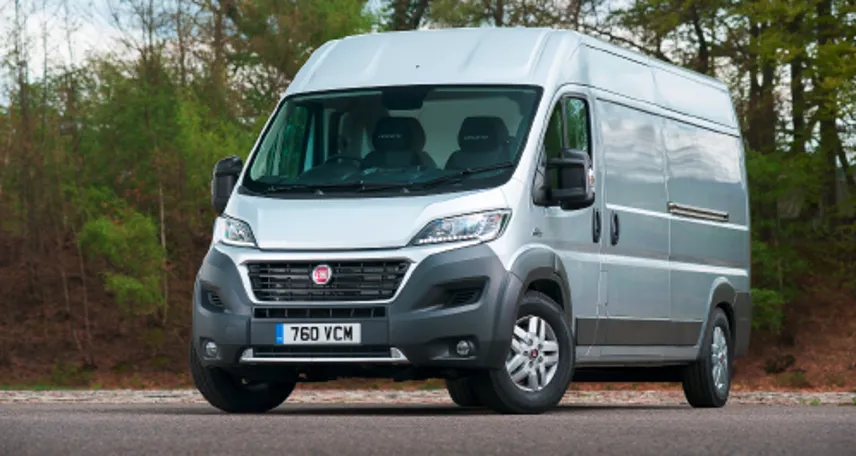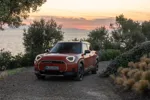Review
Fresh from winning the title of van manufacturer of the year at the recent Fleet Van Awards, Fiat Professional is embarking on a major launch programme in a bid to further improve sales.
The next two years will see a facelifted Doblo, a wash and brush-up for the Fiorino and the replacement of the Scudo medium panel van with a reworked Renault Trafic, as well as the arrival of a Fiat pick-up truck which will be a rebadged Mitsubishi L200.
With the facelifted Ducato – as tested here – now on sale, within two years Fiat will have a completely new range on offer.
The Ducato may come off the same production line as the Citroën Relay and the Peugeot Boxer but there are important differences – the main one being that this van has its own set of engines.
To emphasise the difference, the Ducato came top of the pence-per-mile running cost tables in our assessment of the heavy panel van sector in November’s Fleet Van, ahead of its twin brothers – not to mention the likes of the Mercedes-Benz Sprinter and new Ford Transit. That’s some achievement.
The Ducato now sports a smart new front end which sharpens up its looks even further. Climbing aboard, the cab has been reworked too, with a dazzling dash that’s all blacks and silvers and a fantastically comfortable driver’s seat which feels as though it has come straight out of a sports car, with lots of side, back and lumbar support.
One of the moans in the old Ducato was that there were no cup holders. This problem has been addressed with the provision of three.
Meanwhile, the back of the middle seats pulls down to reveal a handy desk and there’s a pop-up clip for A4 documents on top of the dash too. With an overhead parcel shelf and a USB plug-in point, the Ducato’s cab well and truly serves as an office on the move.
Our test Ducato featured safety extras such as a reversing camera at £300 and a Lane Departure Warning system at £400. This item makes an electronic buzz when it detects that the driver is drifting across a lane.
It can be switched off, which rather negates the point of having it in the first place.
Some under-metal tweaks sharpen up the Ducato’s capabilities and promise to raise body rigidity, improve durability and lower noise levels.
High-stress areas such as sliding side doors have been beefed up to improve their longevity.
Our test model is the 2.3-litre 130hp variant. Even with a load added, there was plenty of power on offer, so much so that for shorter haul work we’d probably go for the lower-powered 110hp version.
Fuel consumption is slated to be 44.1mpg, a fact which helped put the Ducato at the head of the running cost charts. However, with that load on board we struggled to manage the mid-30s during our test week.
















